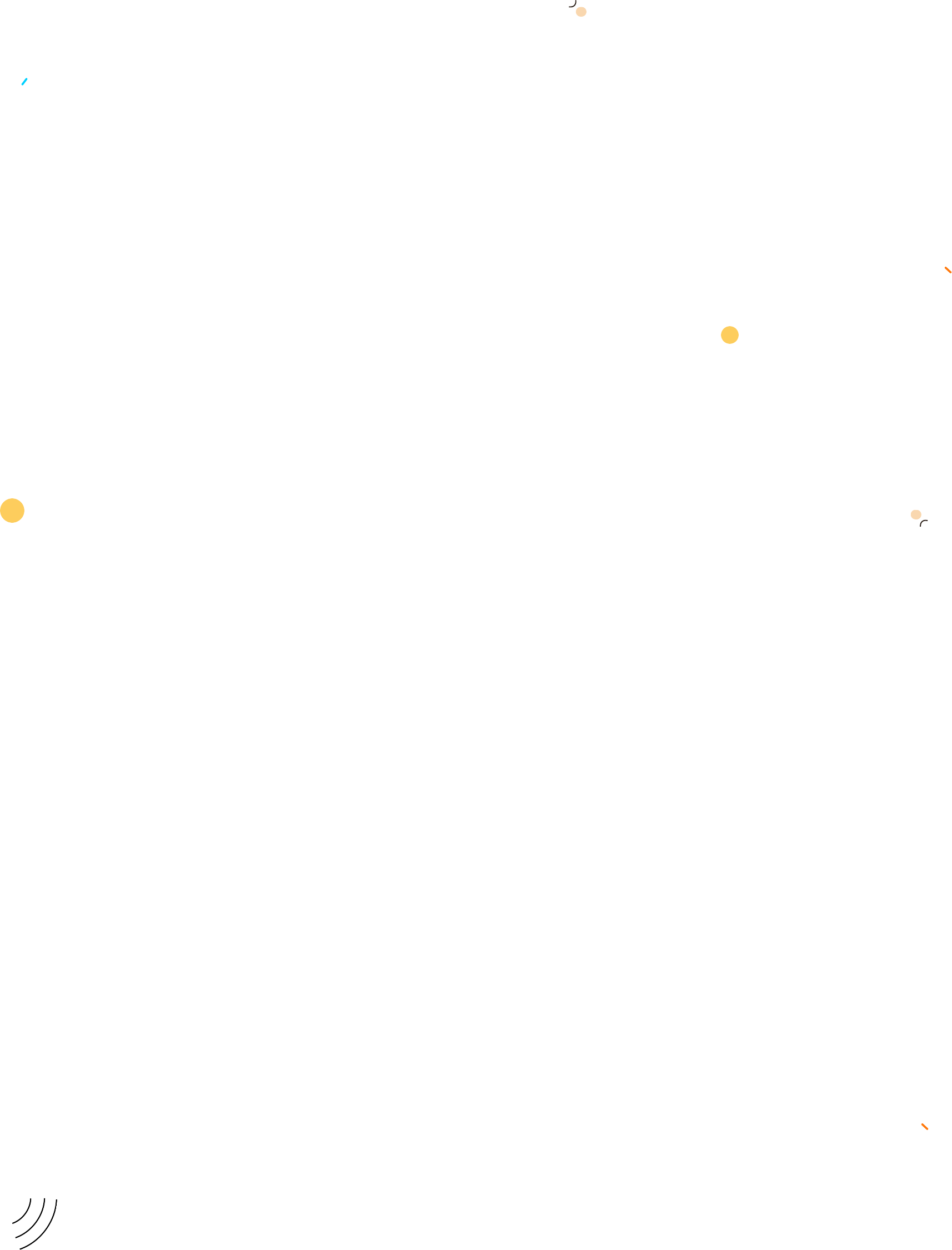

Programming Languages are artificial vocabulary used to communicate with a computer.
It allows programmers to give executable commands or instructions to a computer in a language the computer understands.
As application development continues to grow high in demand, and more developers emerge, there’s a need for both newbies and experts to choose a programming language specific to their niche. This choice reflects the type of project the developer is working on.
However, due to the numerous numbers of languages out there, the ability to choose one can make anyone’s head spin.
To make your entrance into the tech world a breeze, we are going to discuss the top Programming Languages and their uses in no order of importance.
JavaScript’smost popular frameworks are Node.js, Angular, React.js, Vue and Meteor.
Though it sounds like Java, it is different from it.
Uses Web development, App development, Server application, Mobile application, Web services and Game development.
The simplicity embedded in it allows anyone with no programming background to adapt to it easily. It also offers a broad collection of libraries and packages.
Its popular frameworks are Django and Flask.
Uses Web development, Machine Learning, Data Science, Data Visualization
Its popular frameworks are Spring, Hibernate and Strut
Uses: Android Application, Desktop Application, Web Application, Big Data, IoT, Cloud Computing
Its popular frameworks are Alamofire, RxSwift, Snapkit.
Uses Deep learning, iOS Applications, IoT.
Its popular frameworks are .Net and Xamarin.
Uses Game development, System programming, IoT, Real-time system, Web development.
It is a general-purpose, mid-level programming language.
Its popular framework includes .Net, MFG, KDC, Qt and GNOME.
Uses Game development, Operating system, Database embedded system, Real-time systems, IoT.